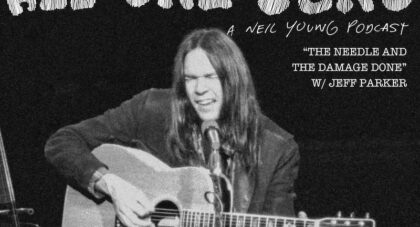We caught up with Devendra Banhart to discuss his 11th album, Flying Wig, his artistic partnership with Cate Le Bon, his 20-year-delayed concert in Caracas, and the music that, now as ever, he is bubbling over with enthusiasm for. We also explore “Charger” perhaps the most Devendra Banhart song ever, which starts out wide-eyed to the point of parody about the most mundane of things, then touches profundity as the lens widens to cosmic revelation . . .
Only the good shit. Aquarium Drunkard is powered by its patrons. Keep the servers humming and help us continue doing it by pledging your support.
To continue reading, become a member or log in.


